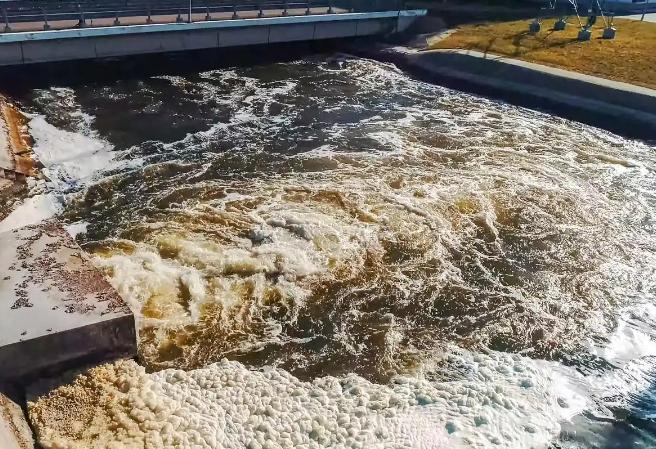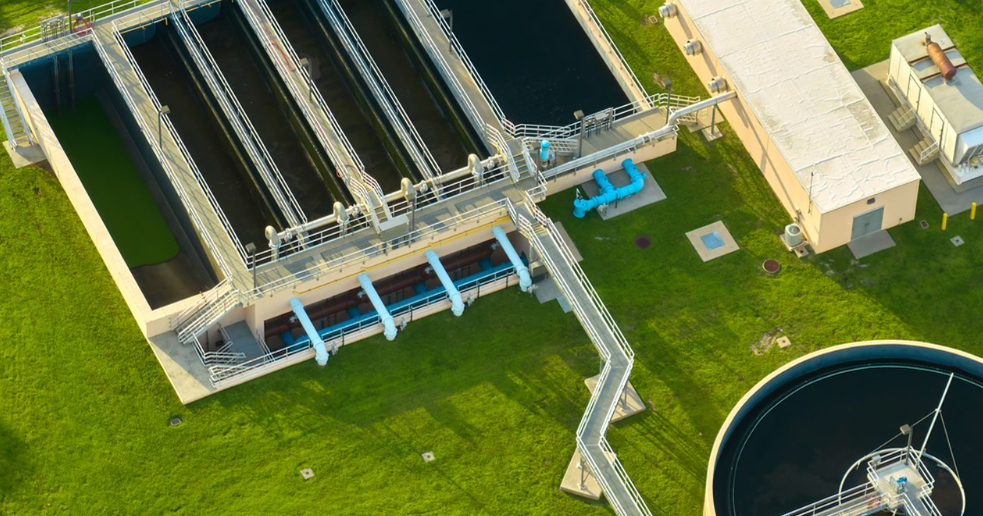Industrial and chemical wastewater often contains complex chromophores—color-producing compounds—that pose aesthetic, ecological, and regulatory challenges. A chemical wastewater decolorizer, also referred to as a decolor agent or decolorizer for wastewater, is a critical solution to eliminate these pigments, ensuring effluents meet discharge standards and environmental safety.
How Decolorizers Work
Decolorizers target the molecular structures of dyes, pigments, and organic contaminants that impart color. They operate through multiple mechanisms:
-Chemical coagulation/flocculation: Agents like polyaluminum chloride (PAC) or cationic polymers neutralize charged chromophores, causing them to clump and settle.
-Oxidation: Strong oxidants (e.g., hydrogen peroxide, ozone, or chlorine-based compounds) break down chromophore bonds, destroying color-producing groups.
-Adsorption: Porous materials such as activated carbon or resin-based Industrial Water Decolorizer physically trap soluble dyes through surface attraction.
Types of Decolorizers for Wastewater
1.Chemical Decolorizing Agents: Ideal for high-color industrial streams (textile, printing, petrochemical), these agents rapidly react with organic dyes. For example, flocculants clarify wastewater by binding to colloidal particles, while oxidizing agents degrade persistent chromophores in chemical wastewater.
2.Adsorptive Decolorizers: Effective for low-concentration or residual color removal, materials like activated carbon or zeolite offer high surface area for dye adsorption, making them suitable for polishing treatments.
3.Biological Decolorizers: Microbial cultures (e.g., bacteria, fungi) biodegrade dyes through enzymatic reactions, a sustainable option for biodegradable organic colorants.

Key Applications and Advantages
-Industry-Specific Solutions: Chemical wastewater decolorizer is pivotal in treating effluents from textiles (reactive dyes), pulp/paper (lignin derivatives), and pharmaceuticals (organic intermediates), where vivid colors indicate toxic or recalcitrant pollutants.
-Regulatory Compliance: By reducing color intensity (measured as APHA/Hazen units), these agents help industries meet strict discharge norms, preventing water body contamination and ecological harm.
-Operational Benefits: Modern decolorizers offer fast response times, compatibility with existing treatment systems (e.g., sedimentation tanks, filters), and cost-effective dosage control, balancing efficiency with economic viability.
Considerations for Use
Effective decolorization requires matching the agent to the wastewater’s characteristics—pH, dye type (acidic, basic, reactive), and co-existing contaminants. Incorrect selection may lead to incomplete color removal or secondary issues (e.g., sludge generation from coagulants). Pilot testing and pH adjustment often optimize performance.
Conclusion
A chemical wastewater decolorizer is indispensable for industrial water management, transforming colored, polluted effluents into clear, compliant discharge. As industries strive for sustainability, the development of eco-friendly, high-efficiency decolorizing agents—including biodegradable polymers and nanomaterial-based Industrial Water Decolorizer—continues to drive progress in clean water technology, ensuring both environmental responsibility and operational excellence.
As a professional chemicals manufacturer in the water treatment Industry, Sanmei have helped more than 5,000 plants with process solutions and helped them improve production efficiency, reduce costs, and optimize profit plans. Our main goal is to assist you in optimizing production efficiency and profitability in a sustainable way. Welcome to consult us and get a free wastewater treatment solution by filling in the form below or email to brian@san-mei.com












